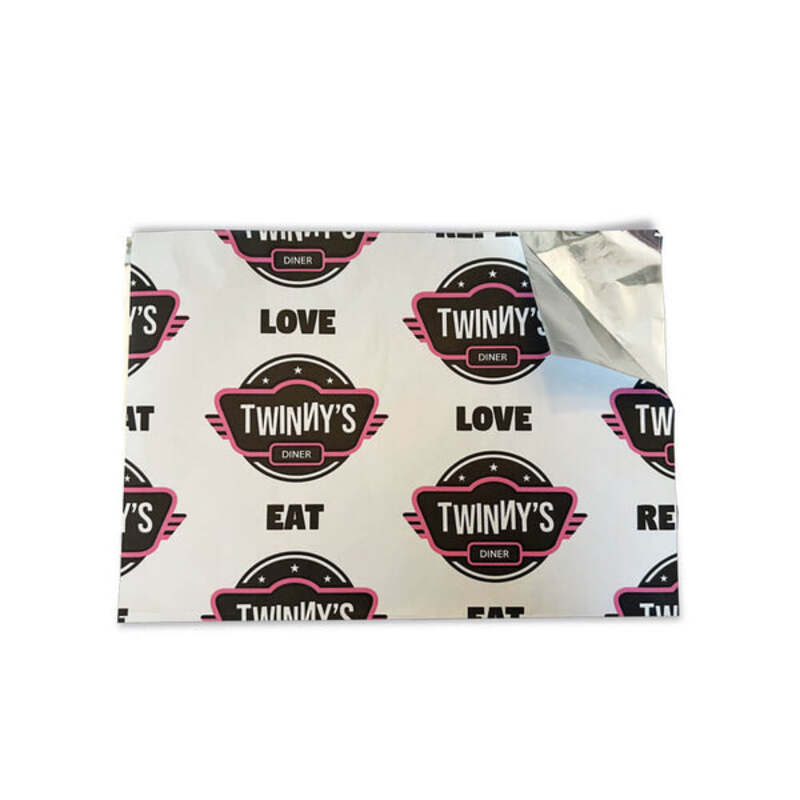The Importance of Packing Foam in Modern Packaging Solutions
In the world of shipping and logistics, ensuring that products arrive at their destination in perfect condition is paramount. An essential component of this endeavor is packing foam, a versatile and effective cushioning material designed to protect fragile items during transit. With increasing e-commerce activities and the necessity for secure packaging solutions, packing foam has emerged as a critical player in the packaging industry.
What is Packing Foam?
Packing foam is typically made from polyurethane, polyethylene, or other foam materials, which can serve various purposes. It is lightweight yet resilient, providing significant cushioning against shock and vibration. Packing foam comes in various forms, including sheets, rolls, shapes, and molded inserts, allowing it to be tailored to different products and packaging requirements.
Types of Packing Foam
There are several types of foam commonly used in packaging
1. Polyurethane Foam This is perhaps the most common type, known for its excellent cushioning properties. It can conform to the shape of the items being packed, offering a snug fit that minimizes movement.
2. Polyethylene Foam This type is denser and offers better protection against moisture and chemicals. It’s often used for heavier or more sensitive items due to its durability.
3. Molded Foam This is custom-designed foam that is shaped to fit specific products. For businesses shipping high-value items, molded foam provides the maximum level of protection while maximizing space efficiency, minimizing shipping costs.
4. EVA Foam Ethylene vinyl acetate foam is another option known for its elasticity and resilience. It's particularly useful in items that require a bit of flexibility, such as electronics.
packing foam

Benefits of Using Packing Foam
1. Superior Protection The primary benefit of packing foam is the protection it provides. It acts as a buffer that absorbs shocks from drops or bumps that can occur during shipping, reducing the risk of product damage.
2. Lightweight Unlike many other packaging materials, foam is lightweight, which helps keep shipping costs down. Since transportation fees are often based on weight, using packing foam can be an economically savvy choice.
3. Versatility Whether packing glassware, electronics, or delicate souvenirs, packing foam can be easily customized to meet specific needs. Its availability in various forms allows for a tailored packaging approach that prioritizes safety.
4. Cost-Effectiveness By minimizing the risk of damage during shipping, packing foam can ultimately save businesses money. Fewer damaged products mean less need for replacements and fewer claims for shipping losses.
5. Environmentally Friendly Options Increasingly, companies offer packing foam made from recycled materials or bio-based components, supporting sustainability initiatives. This allows businesses to protect their products while also being mindful of their environmental impact.
Selecting the Right Foam
When selecting packing foam, businesses must consider the type of product being shipped, its fragility, weight, and the logistics of the shipping process. Equally important is the storage and organizational practices within warehouses, as proper use of packing foam can streamline packing efficiency.
Conclusion
In conclusion, packing foam plays an essential role in modern shipping and logistics. Its unmatched protective qualities, versatility, and cost-effectiveness make it a staple for businesses aiming to deliver products safely and efficiently. As e-commerce continues to grow and consumer expectations increase, investing in quality packing foam will become even more critical for businesses wishing to enhance their credibility and customer satisfaction. By prioritizing the safety of their shipments with effective packaging solutions, businesses can ensure that they not only meet but exceed customer expectations.



